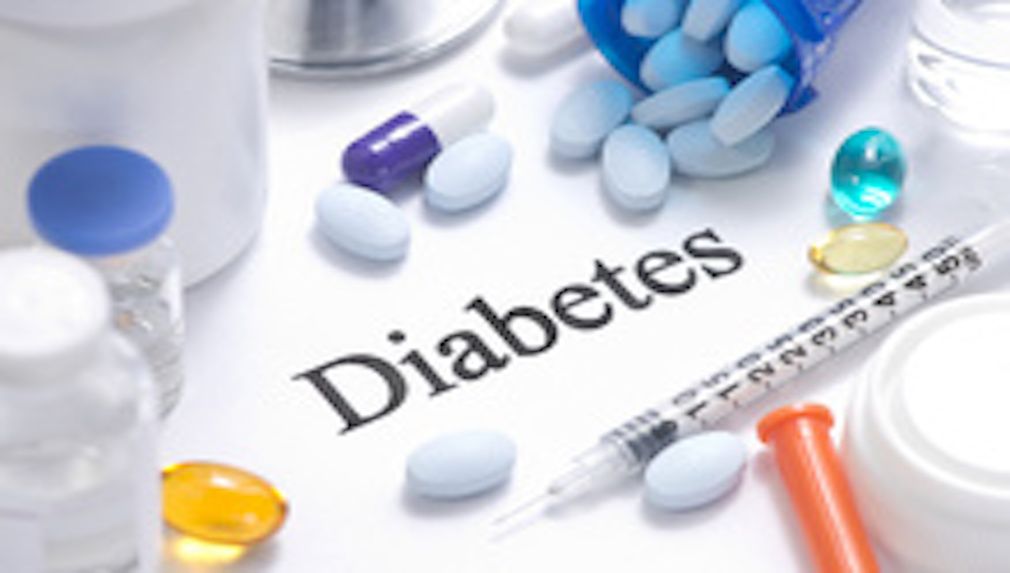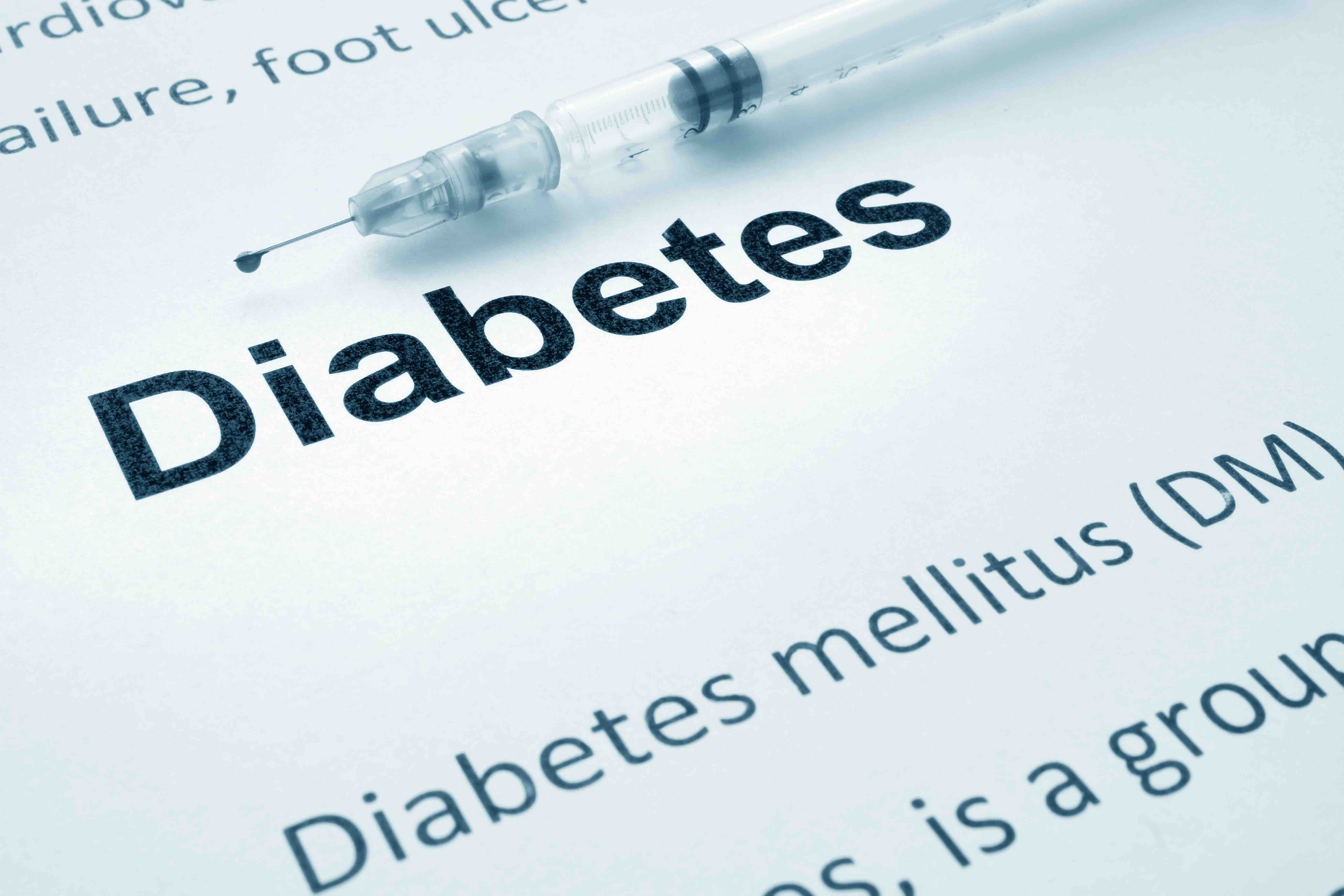Article
Severely Obese Children Face Higher Risk of Diabetes, Heart Disease, Study Finds
Author(s):
Researchers say the results may help physicians better target screening for obese youth.
Children who are severely obese may be at higher risk of developing diabetes and heart disease than those who are merely overweight, and the cost to medical system could be billions, according to a study published today in the New England Journal of Medicine.
Researchers at Wake Forest Baptist Medical Center and the University of North Carolina at Chapel Hill examined a national database using new classifications developed in recent years, comparing the prevalence of cardiometabolic risk factors for overweight and obese children ages 3 to 19.
Using the National Health and Nutrition Examination Survey (NHANES), they found that among a group of 8579 children with a body mass index (BMI) at the 85th percentile or higher, 46.9% were overweight, 36.4% had Class I obesity, 11.9% had Class II obesity, and 4.8% had Class III obesity. Class II is defined as having a BMI greater than 120% of the 95th percentile, while Class III had a BMI greater than 140% of the 95th percentile.
Results showed that the more severe the obesity, the greater the risk of a low high-density lipoprotein cholesterol level, high blood pressure levels, and high triglycerides and glycated hemoglobin (A1C). All are indicators for diabetes and heart disease. Boys were more likely to have these results at higher weights than girls.
What can be done? The study found that children with severe obesity and risk factors often have limited options for restoring their health, and the authors called for a screening system to target those at highest risk, so that treatments can be aimed at those most in need.
“These findings could change how we screen and treat obese children,” said Joseph Skelton, MD, associate professor of pediatrics at Wake Forest Baptist. “For kids with less severe obesity, perhaps it may not be necessary to put them through drawing blood and testing cholesterol and instead only screen those at higher levels of obesity, and focus treatment on the children at greatest risk.”
Reference
Skinner AC, Perrin EM, Moss LA, Skelton JA. Cardiometabolic risks and severity of obesity in children and young adults. N Engl J Med. 2015; 373:1307-1317.





